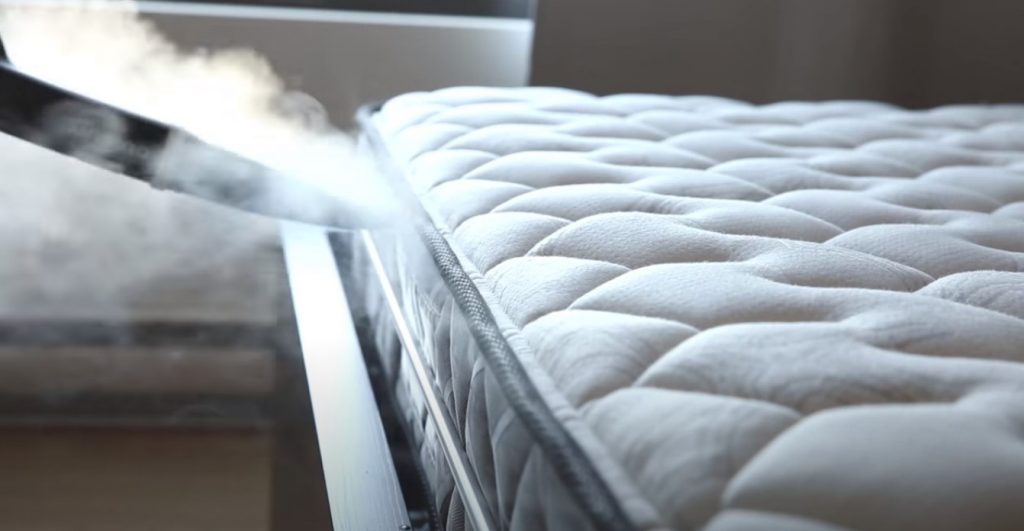If you're considering a bathroom remodel or renovation, you may have come across the question of whether or not you need tiles behind your bathroom sink. While it may seem like an unnecessary addition, there are actually several reasons why installing tiles behind your bathroom sink is a smart choice. In this article, we will explore the benefits of having tiles behind your bathroom sink, the best types of tiles to use, and how to install them yourself.Do You Need Tiles Behind Bathroom Sink?
One of the main reasons to install tiles behind your bathroom sink is for protection. The area behind your sink is prone to splashes and spills, which can cause damage to the walls over time. Tiles are a durable and waterproof option that can protect your walls from moisture and potential mold growth. They also make for easy cleaning, as any spills or splashes can be easily wiped away without causing damage. Another reason to install tiles behind your bathroom sink is for aesthetics. Tiles can add a beautiful and stylish touch to your bathroom, making it look more put-together and polished. With a variety of colors, patterns, and textures to choose from, you can customize your bathroom sink backsplash to match your personal style and the overall design of your bathroom.Why You Should Install Tiles Behind Your Bathroom Sink
Installing tiles behind your bathroom sink may seem like a daunting task, but with the right tools and techniques, it can be a DIY project. Here are the steps to follow: Step 1: Prepare the surface by cleaning it thoroughly and making sure it is dry and smooth. Any bumps or imperfections can affect the placement of the tiles. Step 2: Measure the area behind your sink and purchase enough tiles to cover it. It's always a good idea to buy extra tiles in case of any mistakes or replacements needed in the future. Step 3: Lay out your tiles on the floor or a flat surface to plan the design and pattern you want. This will also help you determine if you need to cut any tiles to fit the space. Step 4: Apply adhesive to the back of the tiles and press them onto the wall, starting from the bottom and working your way up. Make sure to use spacers between the tiles to keep them evenly spaced. Step 5: Once all the tiles are in place, let them dry for the recommended time on the adhesive packaging. Step 6: Apply grout between the tiles using a grout float, making sure to fill in all the gaps. Wipe away any excess grout with a damp cloth. Step 7: Let the grout dry, then seal the tiles and grout to protect them from moisture and stains.How to Install Tiles Behind Bathroom Sink
Aside from protection and aesthetics, there are other benefits to having tiles behind your bathroom sink: 1. Durability: Tiles are a durable material that can withstand daily wear and tear. They are also resistant to scratches and stains, making them a long-lasting option for your bathroom. 2. Versatility: With a wide range of colors, patterns, and textures available, tiles can complement any bathroom design and add a unique touch to your space. 3. Easy Maintenance: As mentioned earlier, tiles are easy to clean and maintain, making them a practical choice for a high-traffic area like your bathroom sink.Benefits of Having Tiles Behind Bathroom Sink
When it comes to choosing the right tiles for your bathroom sink backsplash, there are a few options to consider: Ceramic Tiles: These are a popular and affordable option that comes in a variety of colors and styles. However, they are not as durable as other types of tiles and can chip or crack easily. Porcelain Tiles: These are similar to ceramic tiles but are more durable and resistant to water and stains. They are also available in a wide range of colors and patterns. Glass Tiles: These are a stylish and modern option that can add a beautiful shine to your bathroom. They are also easy to clean and maintain. Natural Stone Tiles: These are a luxurious and durable option that can add a touch of elegance to your bathroom. However, they can be more expensive and require more maintenance compared to other types of tiles.Best Types of Tiles for Bathroom Sink Backsplash
If you're planning to install tiles behind your bathroom sink yourself, here are a few tips to keep in mind: 1. Measure twice, cut once: It's important to measure the area accurately and plan the design beforehand to avoid any mistakes or wastage of materials. 2. Use the right tools: Investing in the right tools, such as a tile cutter, spacers, and a grout float, can make the installation process much easier and more efficient. 3. Take your time: Installing tiles can be a time-consuming process, so make sure to take your time and be patient. Rushing can lead to mistakes and an uneven installation.DIY Tips for Installing Tiles Behind Bathroom Sink
Choosing the right tiles for your bathroom sink backsplash can seem overwhelming with all the options available. Here are a few things to consider: 1. Color and Style: Consider the color scheme and style of your bathroom when choosing tiles. You want them to complement the overall design and not clash with other elements. 2. Durability: As mentioned earlier, some types of tiles are more durable than others. Consider the level of wear and tear your bathroom sink area will experience when choosing tiles. 3. Maintenance: Some types of tiles require more maintenance than others. Consider the level of maintenance you are willing to do to keep your bathroom sink backsplash looking clean and pristine.How to Choose the Right Tiles for Your Bathroom Sink Backsplash
While installing tiles behind your bathroom sink may seem like a straightforward process, there are some common mistakes you should avoid: 1. Not preparing the surface properly: As mentioned earlier, preparing the surface is crucial to a successful tile installation. Any imperfections or moisture can affect the placement and durability of the tiles. 2. Not using the right adhesive or grout: Using the wrong adhesive or grout can result in tiles falling off or the grout cracking and breaking over time. Make sure to use the recommended products for your specific tiles. 3. Not using spacers: Spacers are essential for keeping tiles evenly spaced and creating a professional look. Skipping this step can result in unevenly placed tiles and an unpolished finish.Common Mistakes to Avoid When Installing Tiles Behind Bathroom Sink
The cost of installing tiles behind your bathroom sink will depend on several factors, such as the type of tiles, the size of the area, and whether you hire a professional or do it yourself. On average, the cost can range from $500 to $2000.Cost of Installing Tiles Behind Bathroom Sink
To keep your tiles behind your bathroom sink looking clean and new, here are a few maintenance tips to follow: 1. Wipe up spills immediately: To prevent stains and damage to the tiles, make sure to wipe up any spills or splashes as soon as they happen. 2. Use mild cleaning products: Harsh chemicals can damage the tiles and grout. Stick to mild cleaning products and avoid using abrasive tools or materials. 3. Seal the tiles and grout regularly: This will help protect them from moisture and stains and extend their lifespan. In conclusion, installing tiles behind your bathroom sink is a smart and practical choice. It not only adds protection to your walls but also enhances the overall look and design of your bathroom. With the right materials and proper installation, you can enjoy a beautiful and functional bathroom sink backsplash for years to come.Maintenance Tips for Tiles Behind Bathroom Sink
Why Tiles are Essential Behind Bathroom Sinks

Enhance Durability and Protection
 When it comes to designing a bathroom, the sink is often overlooked. However, it is an essential part of the room and needs proper consideration. One crucial factor to consider is whether
tiles are needed behind the bathroom sink
. The simple answer is yes. Tiles not only add to the aesthetic appeal of the bathroom but also serve a functional purpose.
Installing tiles behind the bathroom sink
can enhance the durability and protection of the walls in the long run.
When it comes to designing a bathroom, the sink is often overlooked. However, it is an essential part of the room and needs proper consideration. One crucial factor to consider is whether
tiles are needed behind the bathroom sink
. The simple answer is yes. Tiles not only add to the aesthetic appeal of the bathroom but also serve a functional purpose.
Installing tiles behind the bathroom sink
can enhance the durability and protection of the walls in the long run.
Moisture and Water Resistance
 The area behind the bathroom sink is prone to moisture and water exposure, making it vulnerable to damage. Over time, water can seep through the walls, causing mold, mildew, and even structural damage.
Tiles
are an excellent solution to this problem as they are moisture and water-resistant. They create a barrier between the walls and water, preventing any damage.
Waterproof tiles
are specifically designed for areas like bathrooms, making them a perfect choice for behind the sink.
The area behind the bathroom sink is prone to moisture and water exposure, making it vulnerable to damage. Over time, water can seep through the walls, causing mold, mildew, and even structural damage.
Tiles
are an excellent solution to this problem as they are moisture and water-resistant. They create a barrier between the walls and water, preventing any damage.
Waterproof tiles
are specifically designed for areas like bathrooms, making them a perfect choice for behind the sink.
Easier to Clean and Maintain
 With a bathroom sink being used multiple times a day, it is bound to get dirty and require frequent cleaning.
Tiled walls
are much easier to clean and maintain compared to other materials. The smooth surface of tiles does not allow dirt and grime to stick, making it easier to wipe clean with a simple mild cleaner. This not only saves time and effort but also keeps the walls looking clean and new for longer.
With a bathroom sink being used multiple times a day, it is bound to get dirty and require frequent cleaning.
Tiled walls
are much easier to clean and maintain compared to other materials. The smooth surface of tiles does not allow dirt and grime to stick, making it easier to wipe clean with a simple mild cleaner. This not only saves time and effort but also keeps the walls looking clean and new for longer.
Unlimited Design Options
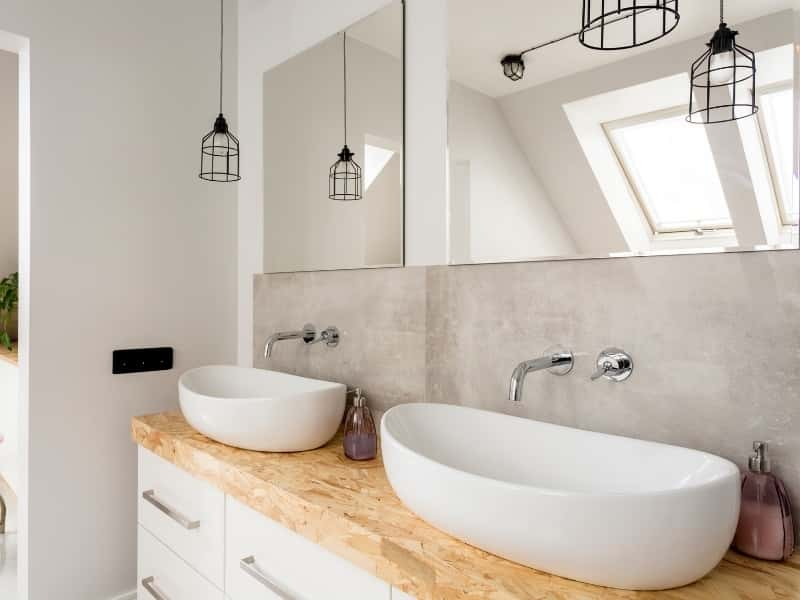 Tiles come in a variety of colors, patterns, and textures, giving you endless design options for your bathroom. You can choose
bold and bright tiles
for a statement look or
subtle and neutral tiles
for a more classic and elegant look. You can also mix and match different tiles to create a unique and personalized design. With tiles, you can easily transform the walls behind your bathroom sink into a stunning focal point.
Tiles come in a variety of colors, patterns, and textures, giving you endless design options for your bathroom. You can choose
bold and bright tiles
for a statement look or
subtle and neutral tiles
for a more classic and elegant look. You can also mix and match different tiles to create a unique and personalized design. With tiles, you can easily transform the walls behind your bathroom sink into a stunning focal point.
Conclusion
 In conclusion,
tiles behind the bathroom sink
are not only a design element but also a practical choice. They provide protection, durability, and easy maintenance while offering endless design possibilities. So, when planning your bathroom design, do not forget to consider
tiles for the wall behind your sink
. With the right tiles and professional installation, you can create a beautiful and functional space that will last for years to come.
In conclusion,
tiles behind the bathroom sink
are not only a design element but also a practical choice. They provide protection, durability, and easy maintenance while offering endless design possibilities. So, when planning your bathroom design, do not forget to consider
tiles for the wall behind your sink
. With the right tiles and professional installation, you can create a beautiful and functional space that will last for years to come.




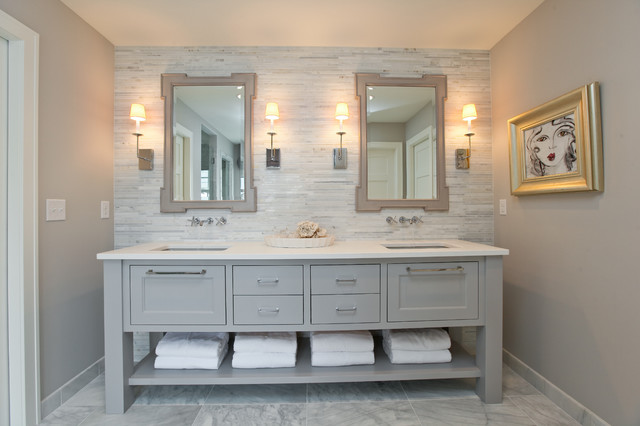

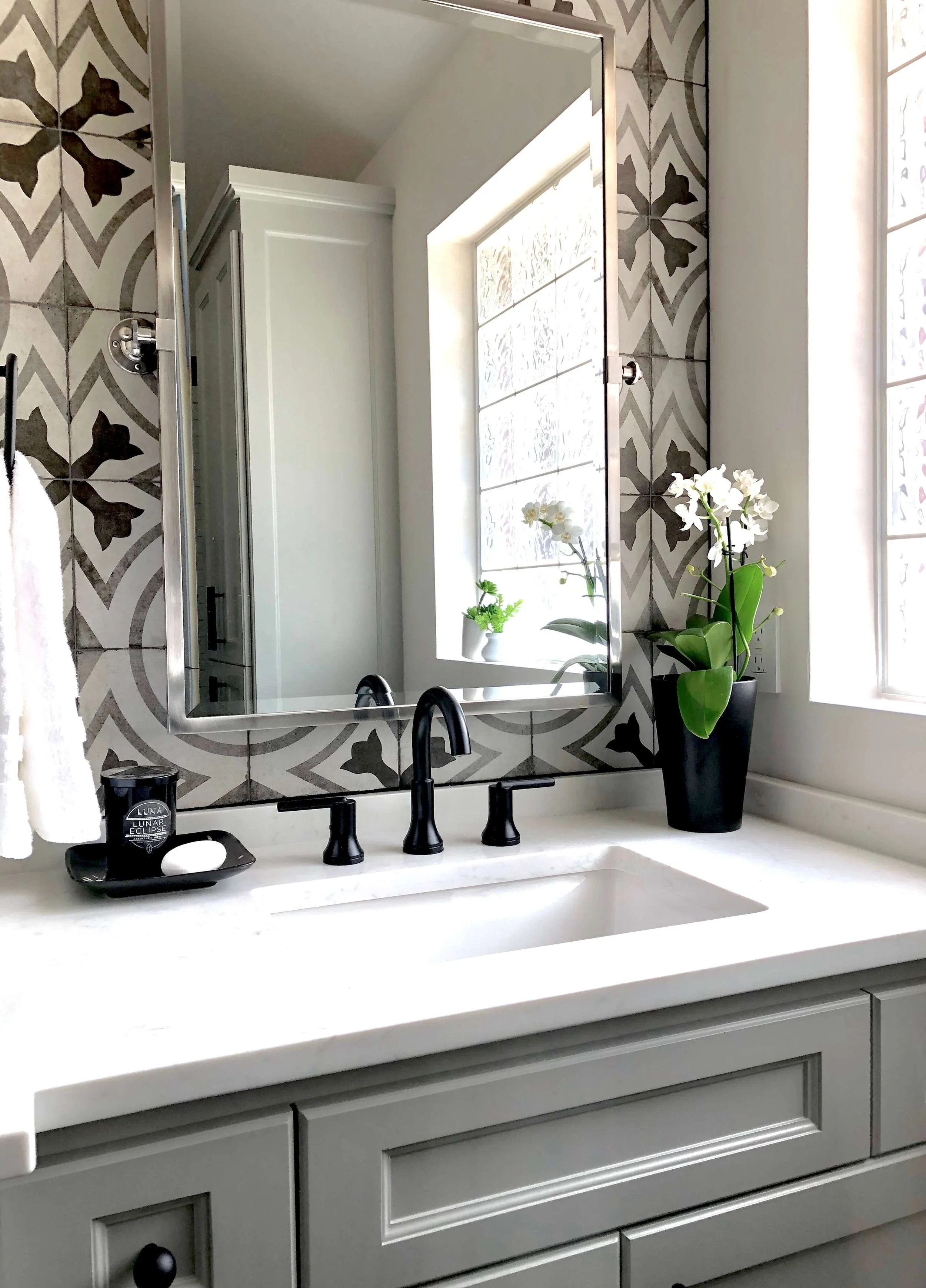


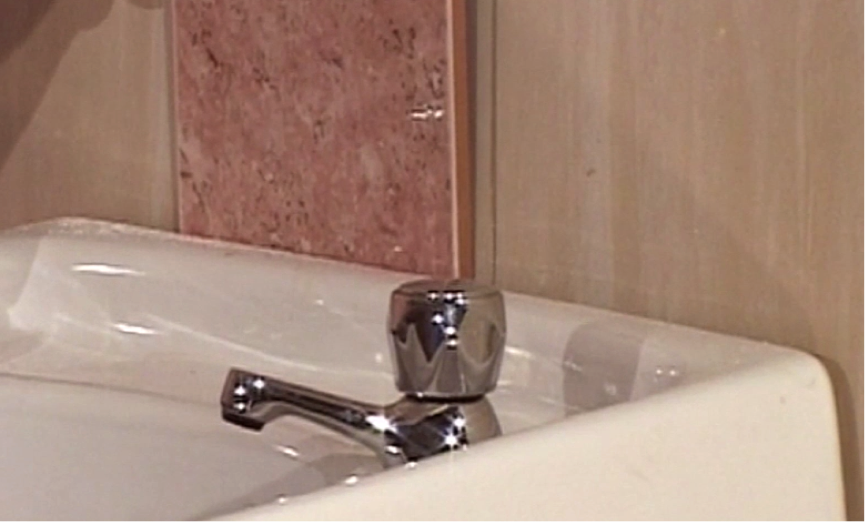
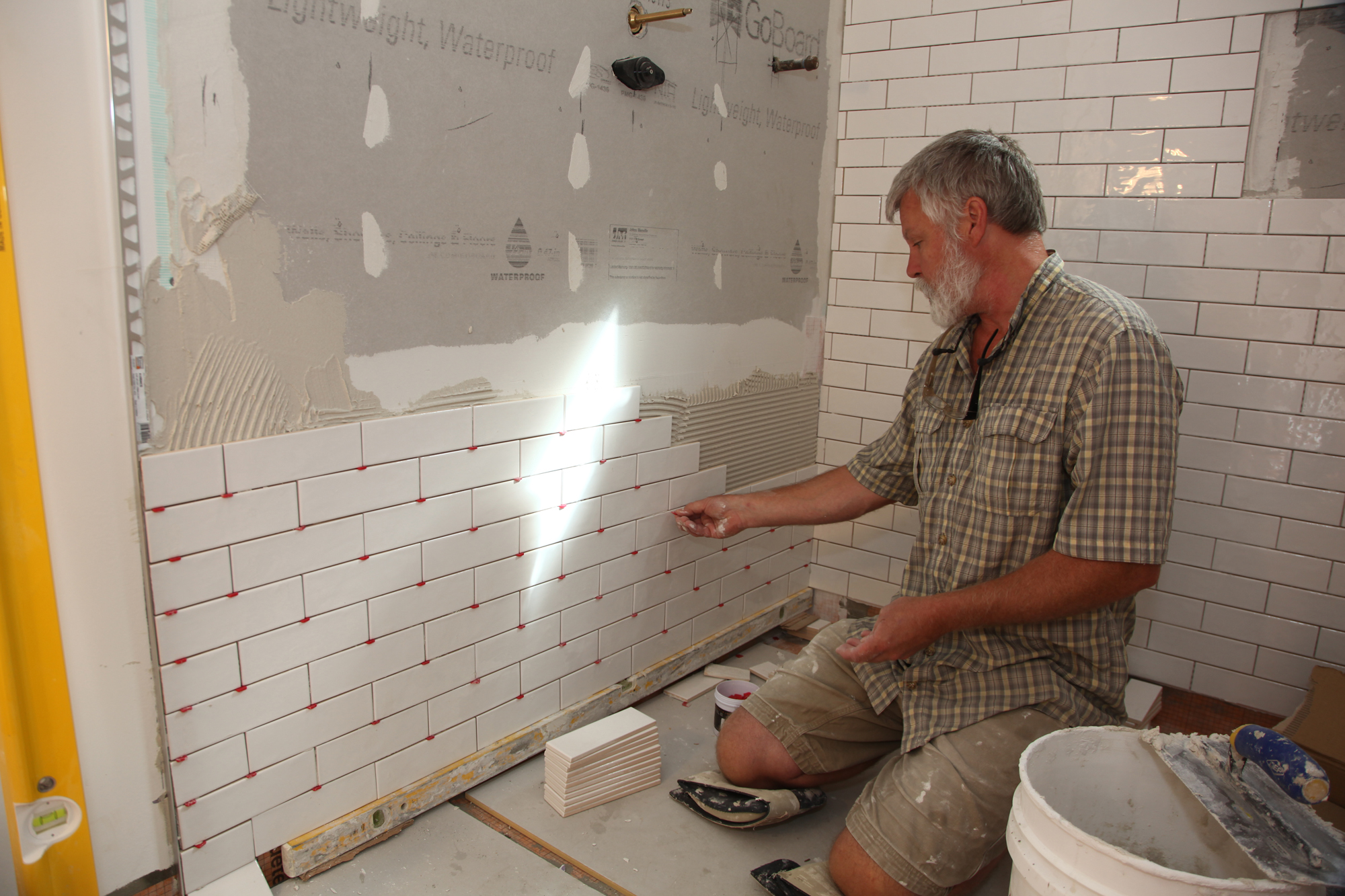
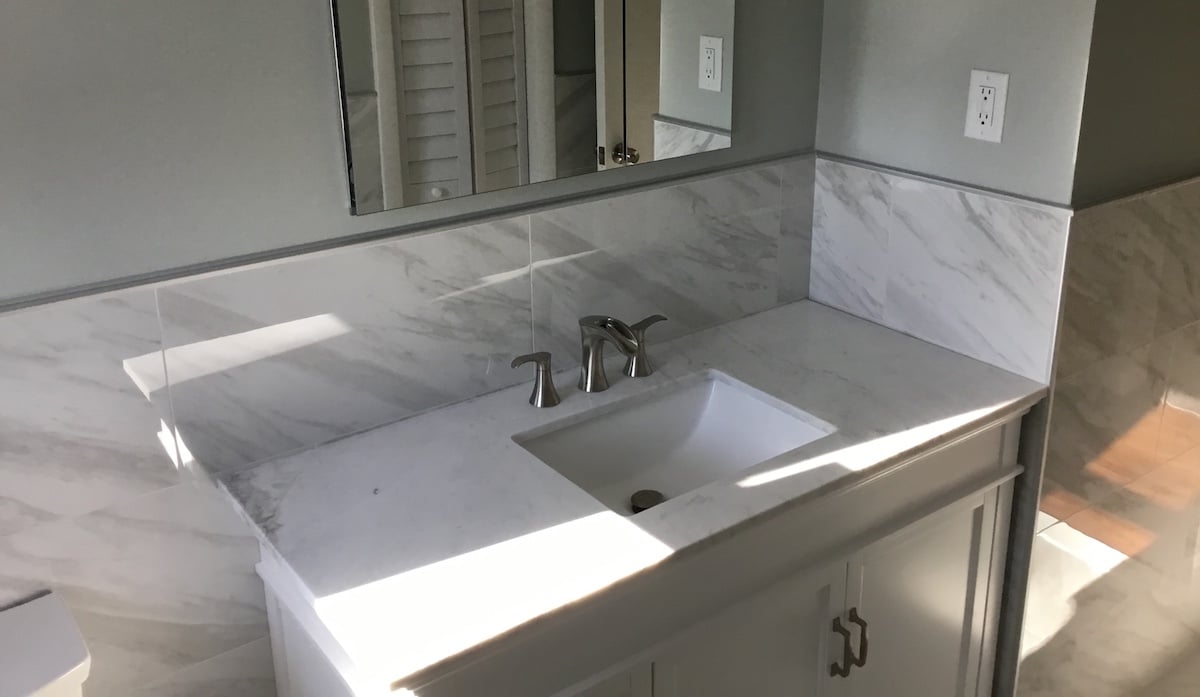


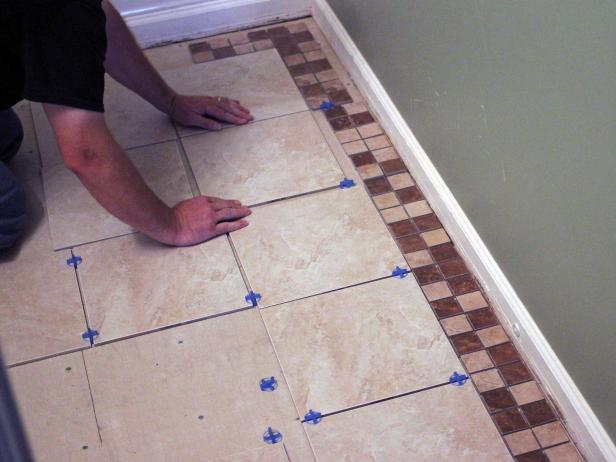

:max_bytes(150000):strip_icc()/how-to-install-ceramic-wall-tile-1824817-10-473071b2fef94af381ad02bc4c1ba8a8.jpg)

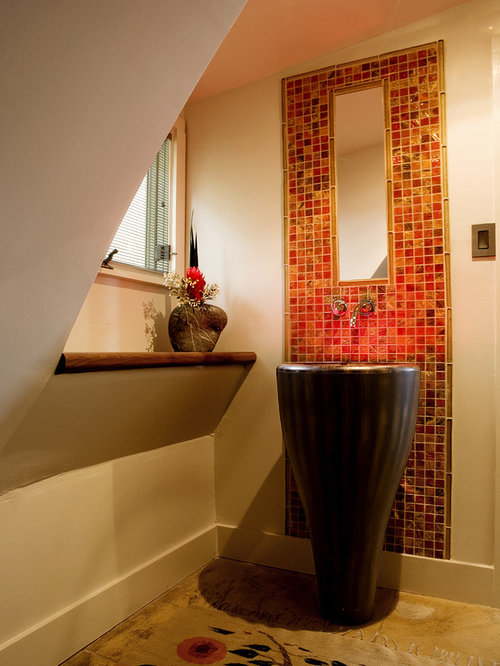


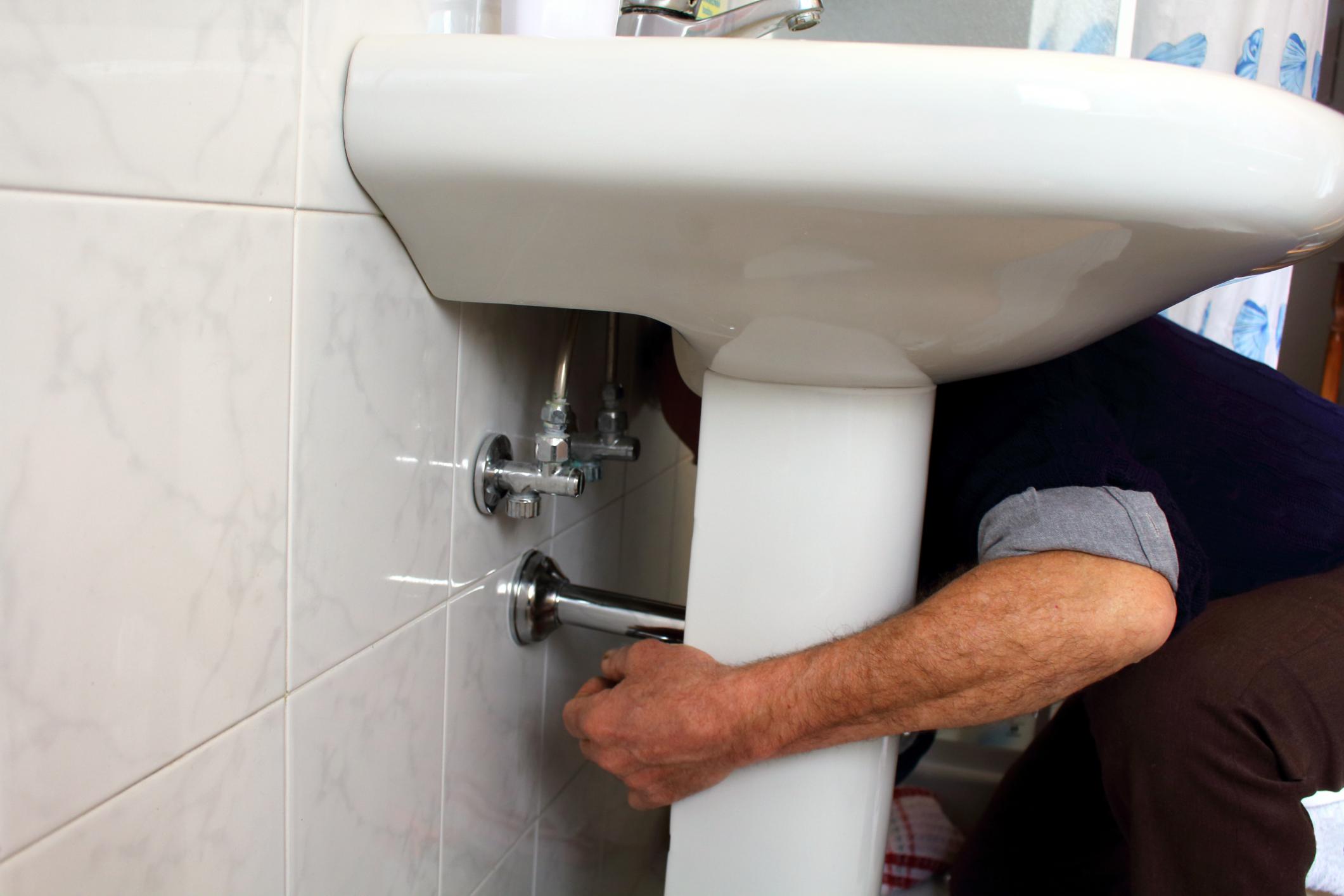

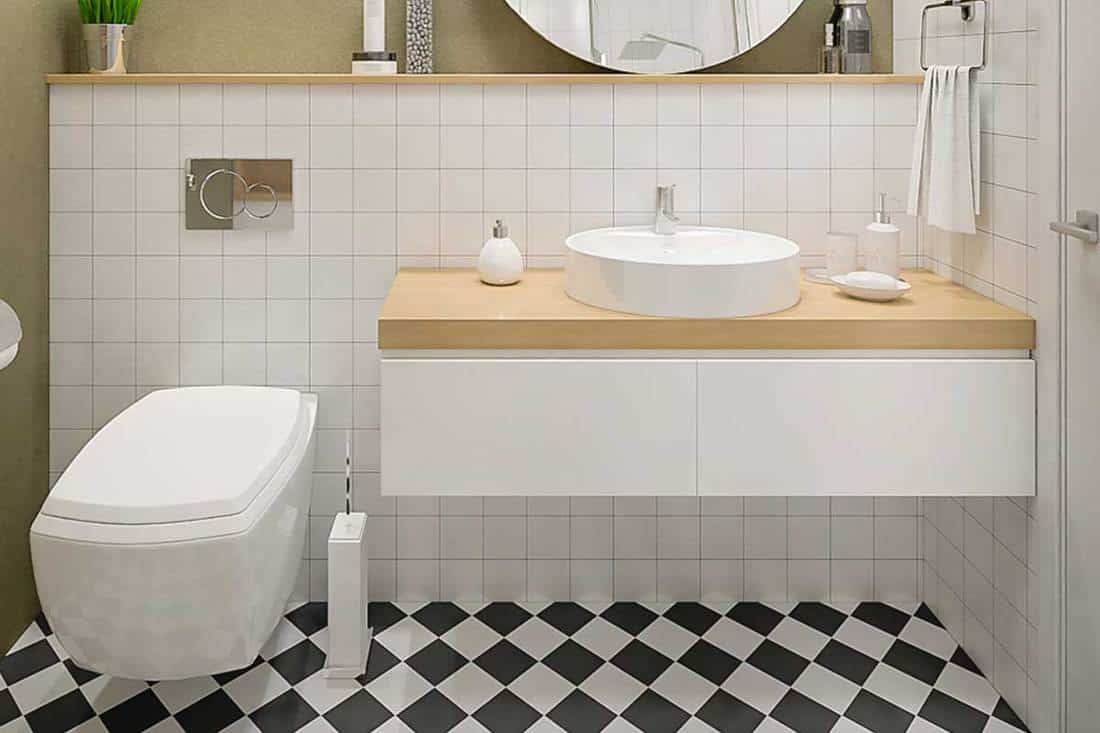



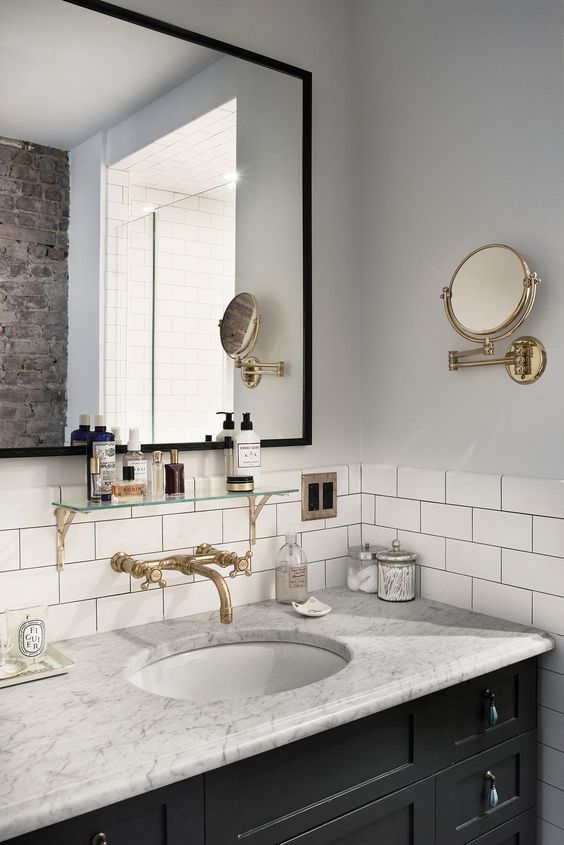


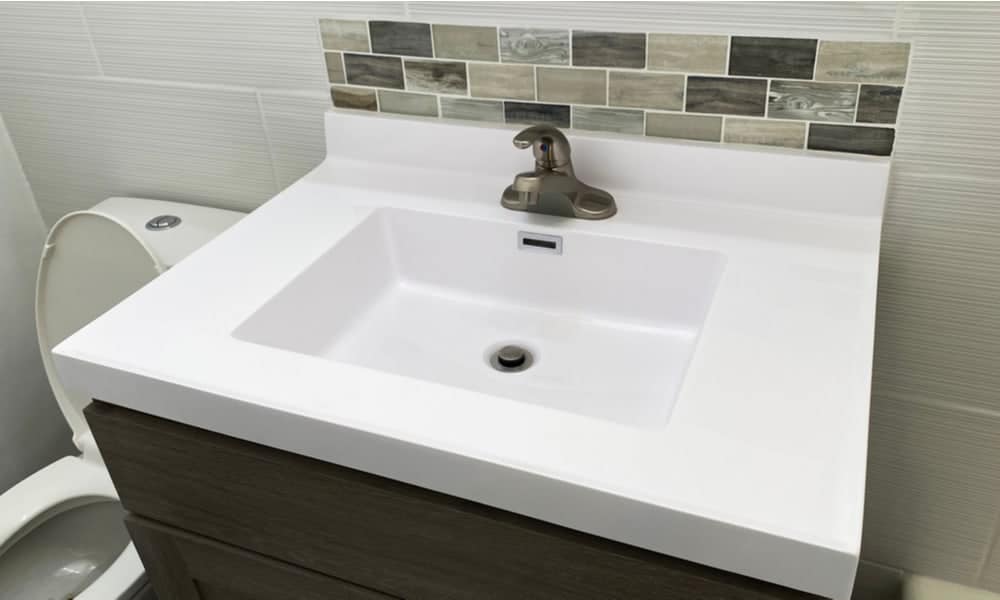


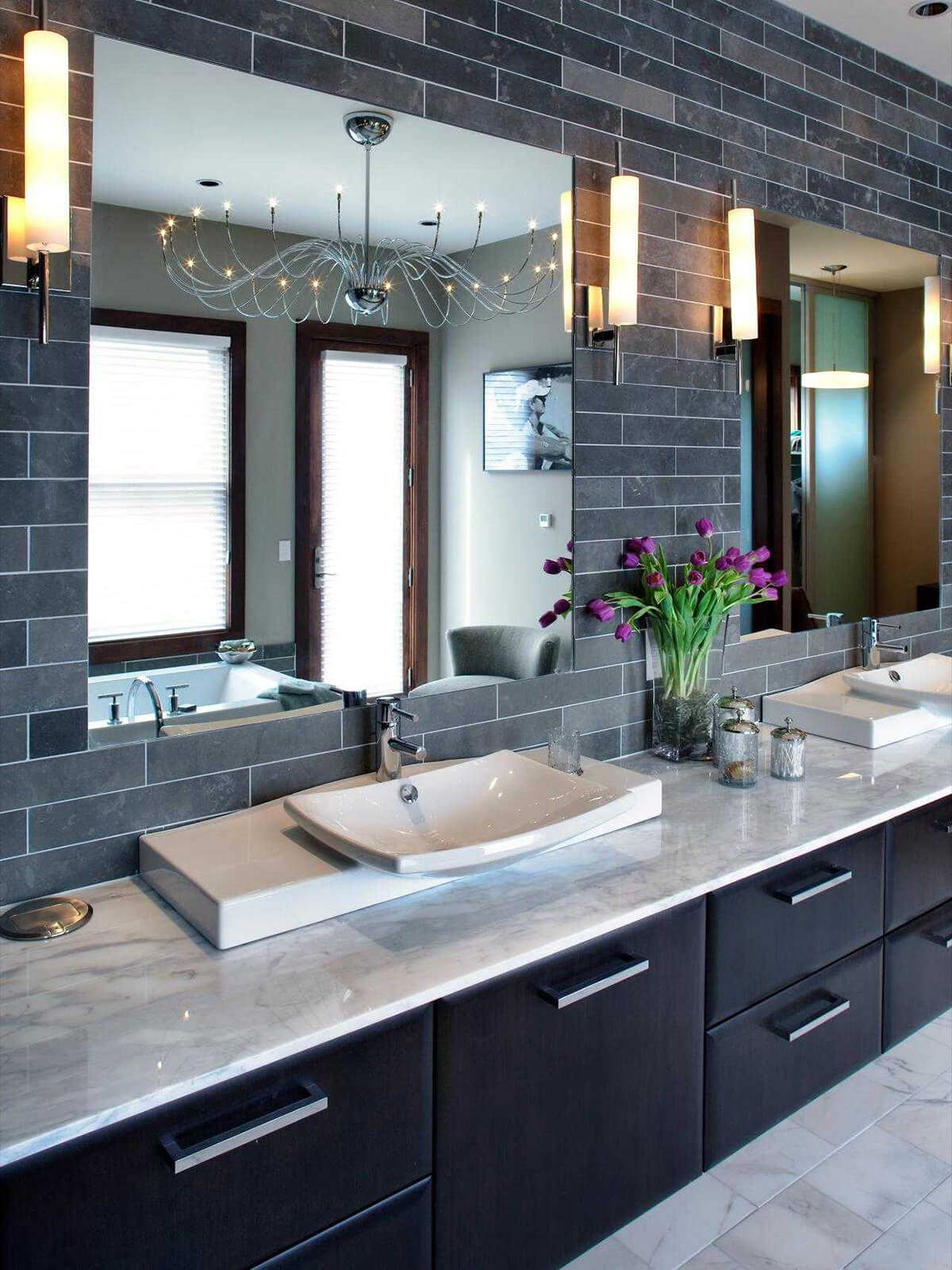



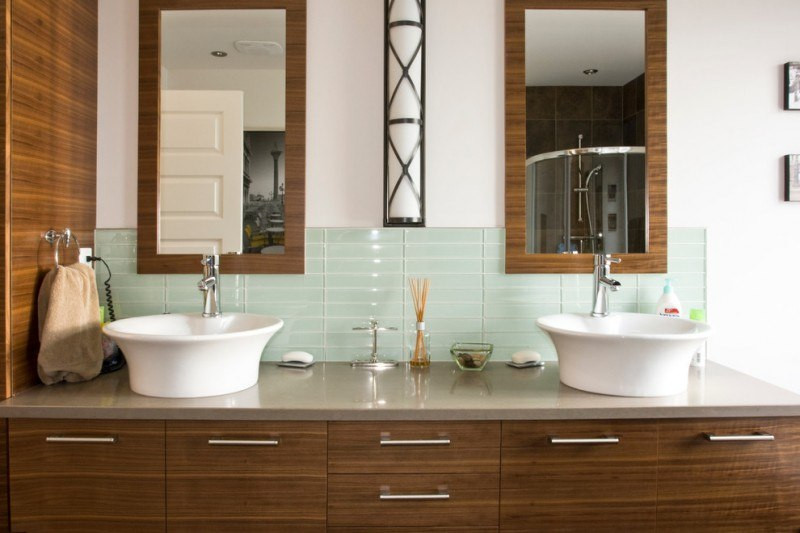











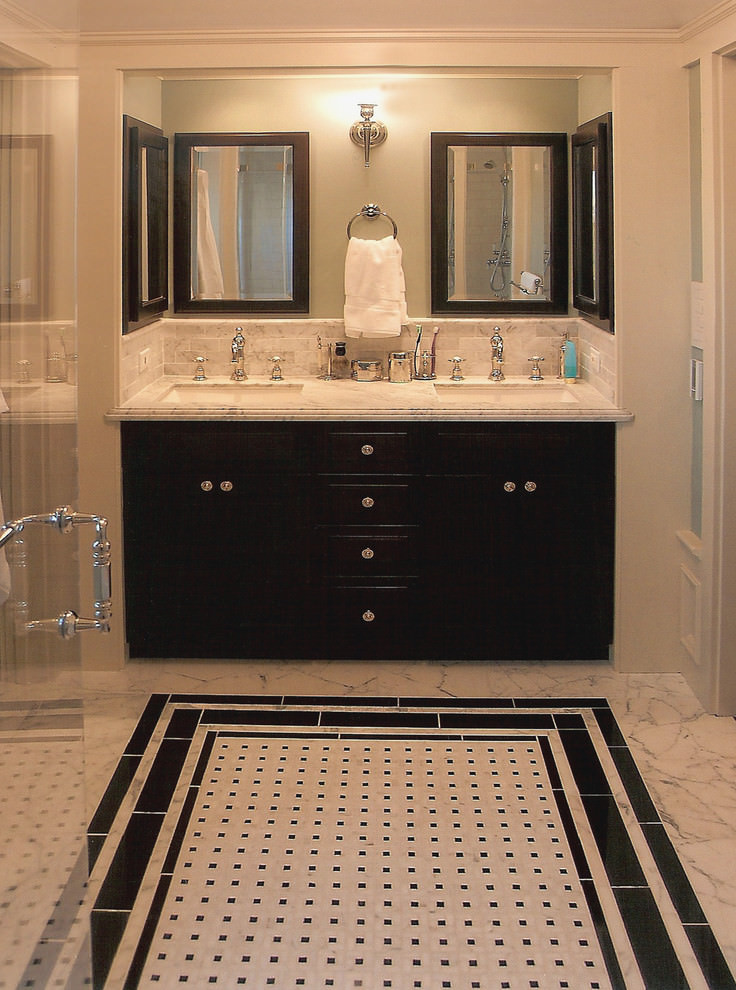

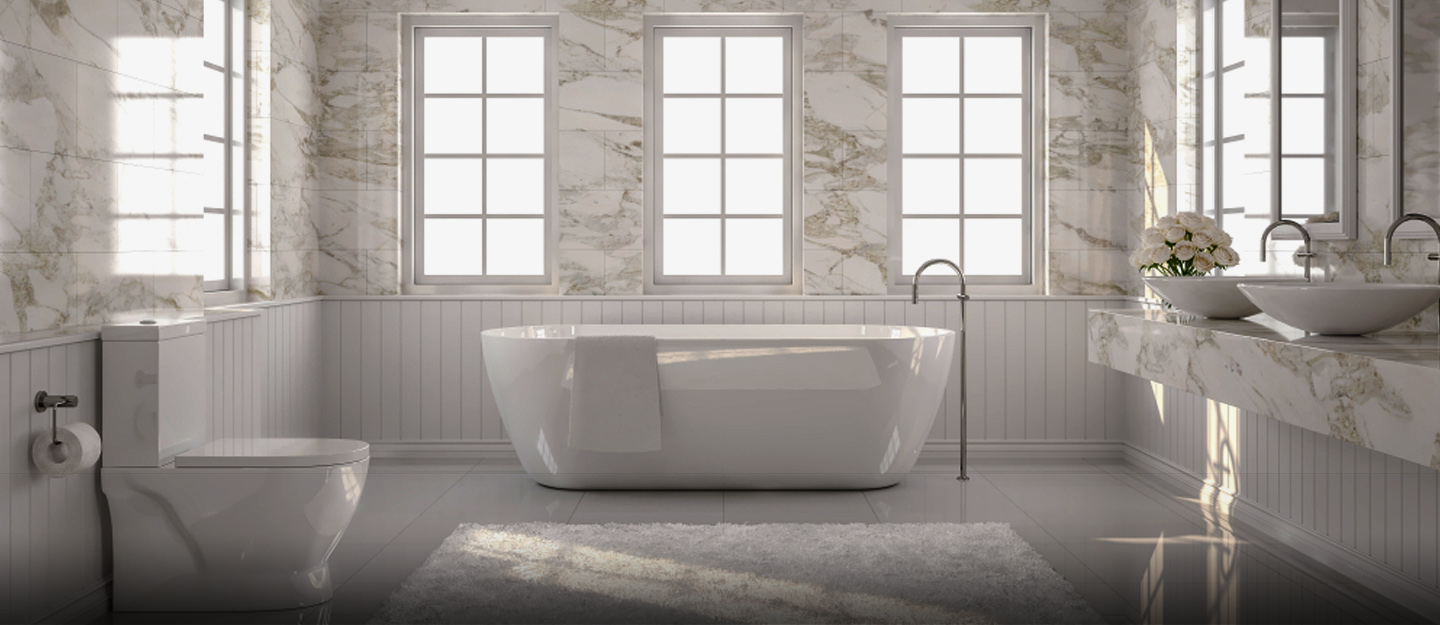
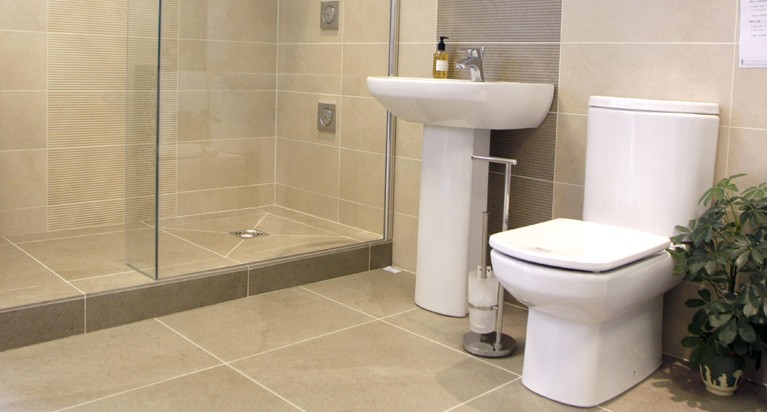
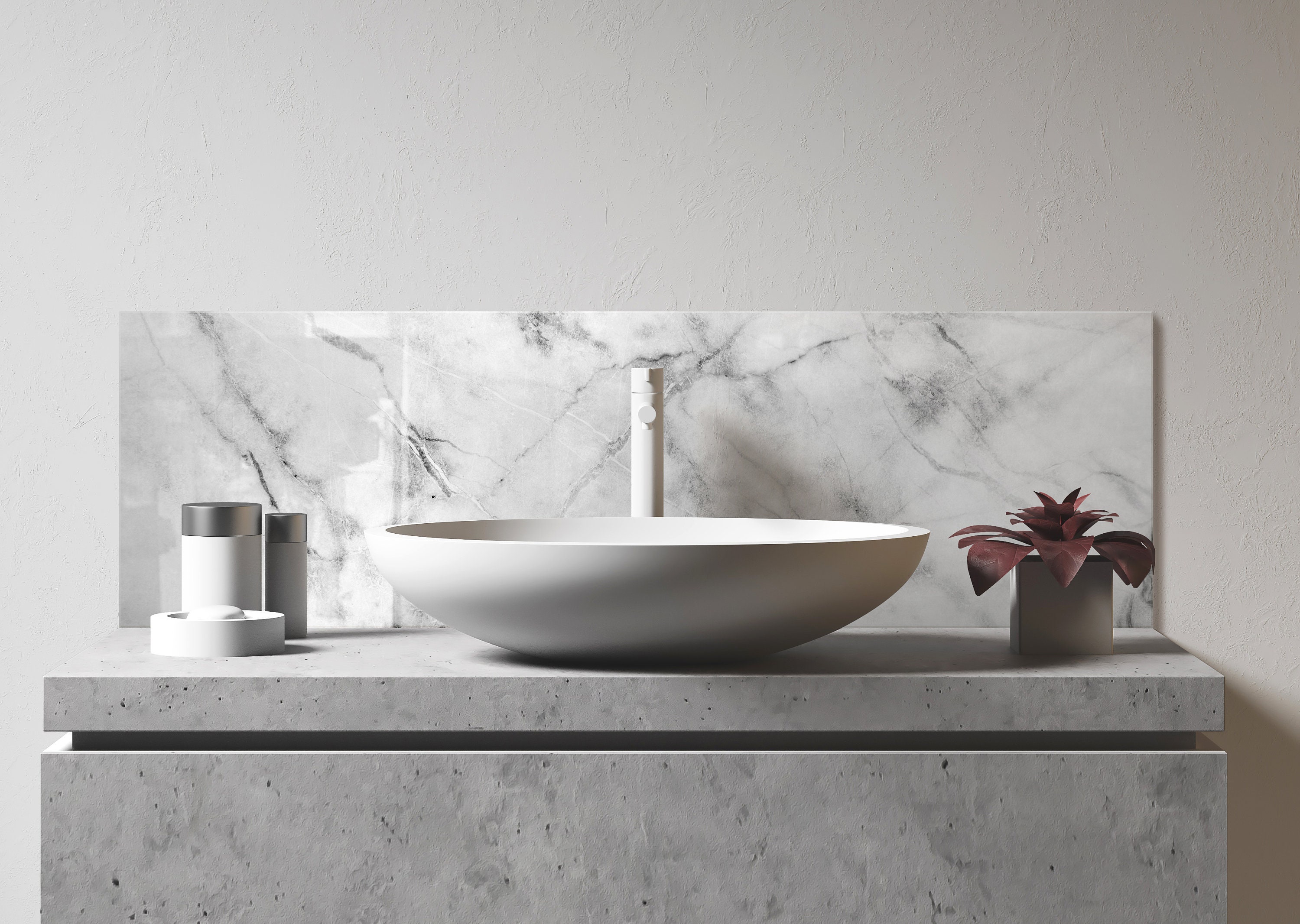







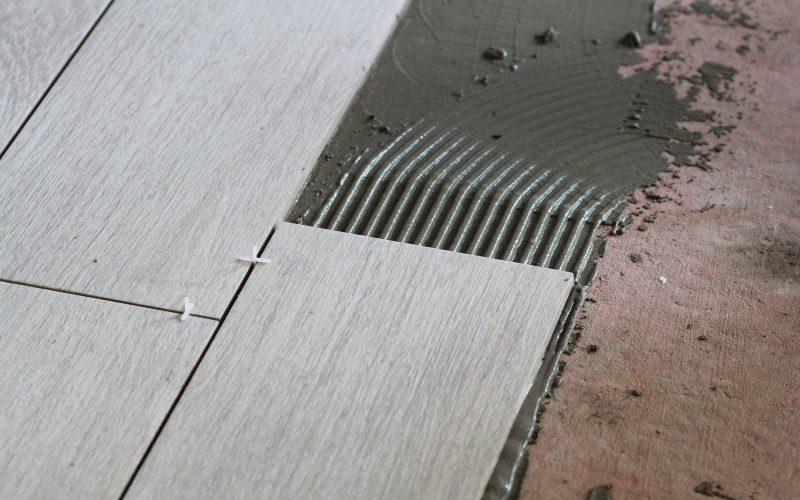






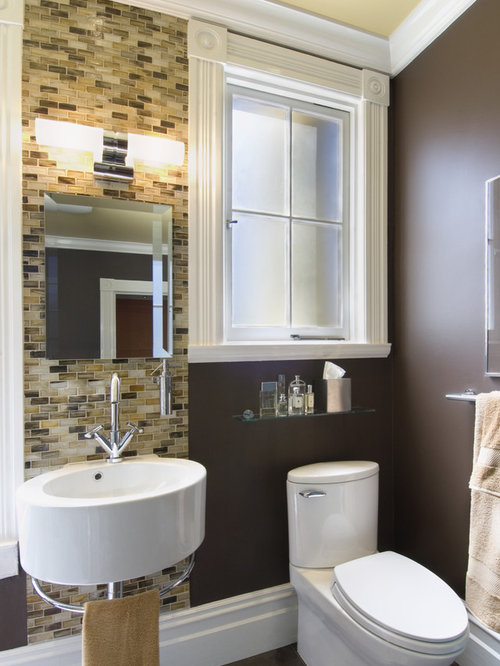




:max_bytes(150000):strip_icc()/Green-Glass-Tiles-Behind-Bathroom-Sink-126173478-56a4a0565f9b58b7d0d7e394.jpg)



